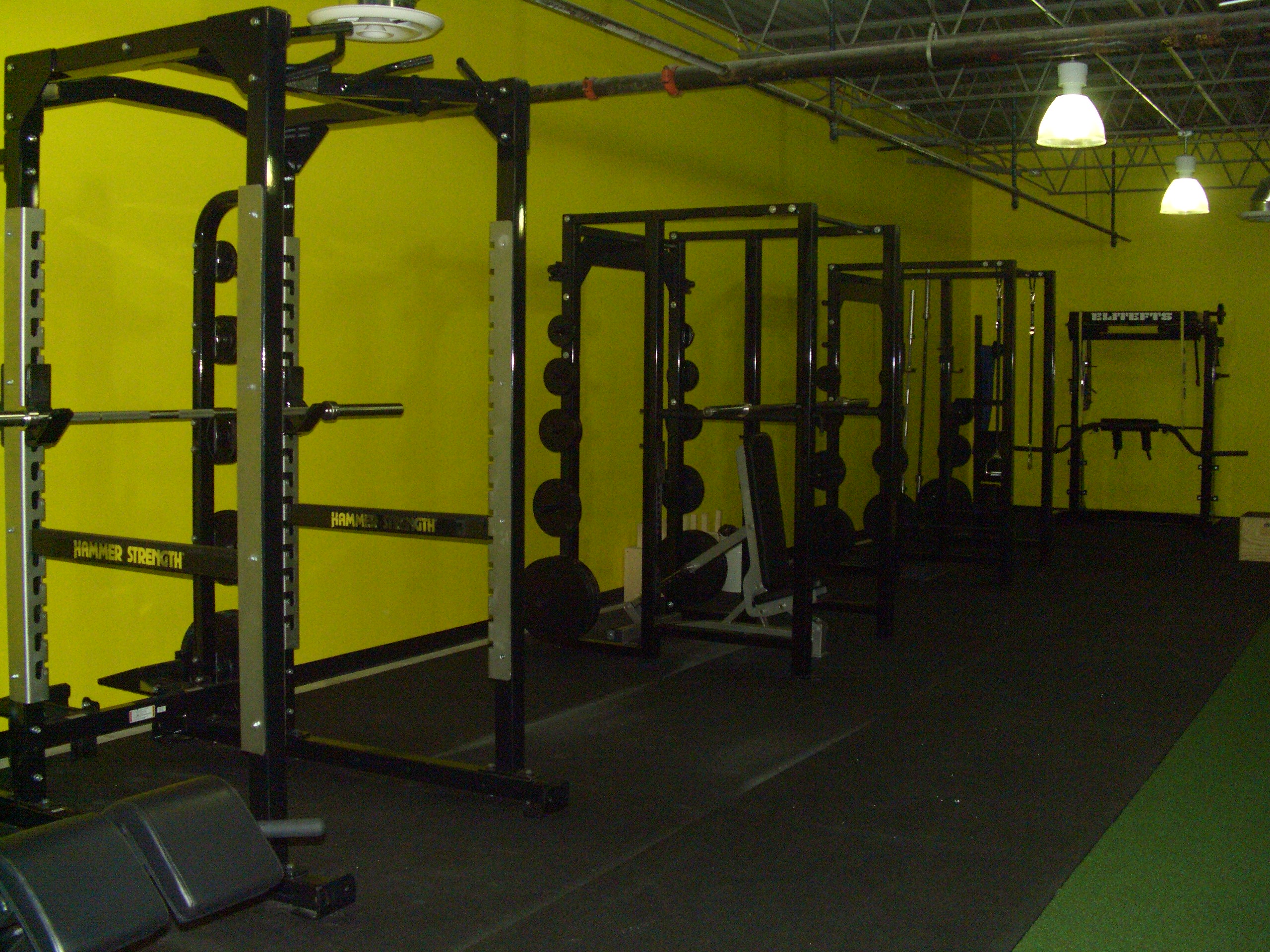
For the past two months, I’ve had the privilege of working with Division I high school athletes in Michigan. When I was an intern with Eastern Michigan University, the athletes were there and we had their undivided attention. This isn’t so much the case at the high school level. The kids are there and they work hard, but unlike college, they can choose to opt out of the practice. This can become frustrating because some kids will show up for upper body days but skip the lower and total body conditioning programs.
As a coach, you can guess how absolutely frustrating this is, especially when the coaches shrug it off. An easy remedy is that I don’t have a dedicated upper or lower body day for the athletes. To bench, you have to squat, clean, or deadlift. It’s that simple.
Unlike the college athletes, I have a mix of multiple sport athletes. This results in various challenges when developing an annual training program. To begin, when is the off-season? For three sport varsity athletes, this isn’t available. For the school year, that athlete is continually involved in competitive athletics. This results in a unique quandary because the time they can dedicate to athletic development can be impaired by their own schedule.
The most glaring issue I’ve seen is the lack of athletic movement in all kids in all sports of all ages. Hip mobility and flexibility are major limitations. To remedy this, I do a lot of body weight work with serious emphasis on technique prior to adding weights. This has been successful for all athletes involved, but some sport coaches get upset in terms of lowering weights to improve form. This leads into my next obstacle—the “how much do ya bench?” idea of strength and conditioning.
Like all coaches, I want strong kids, not just physically capable but strong, powerful, dominating athletes, regardless of the sport. This takes a combination of speed, power, strength, and energy system training to develop. But for some reason, way too many of the kids and coaches forget about the important stuff in terms of athletic development and focus on what I’ve termed “lift specialist development.” They squat and squat, run, squat some more, and bench, bench, bench, bench, bench. Yes, you’ll have some strong kids, but their neural systems are so conditioned and tuned to slow movements, that it will affect reaction and agility during game play.
A good example I use is an explanation that a great mind in the strength world once wrote about. Take a football player that can 1RM squat 550 lbs in eight seconds. This is okay, but take the same player and teach him to move 350 lbs explosively three times in eight seconds. You now have a dominating lineman. To geek it up a bit, the average football play is about six to eight seconds. If your players are blowing their wad on the first play of the game, there’s nothing left in the tank (1RM lift focus). But teach them to move weight with more explosive force for multiple reps and multiple sets. Now you have a team that can move their opponents at will.
It isn’t just about strength. It’s about speed-strength. Recreational athletes really don’t care about force speed continuums and force generation and energy systems. Strength coaches focus on these components to build a better athlete for their sport. Yes, strength is needed to be faster but so is flexibility, foot speed, and coordination. To ignore the other factors of athletic development is to limit athletic potential.
Elite Fitness Systems strives to be a recognized leader in the strength training industry by providing the highest quality strength training products and services while providing the highest level of customer service in the industry. For the best training equipment, information, and accessories, visit us at www.EliteFTS.com.








